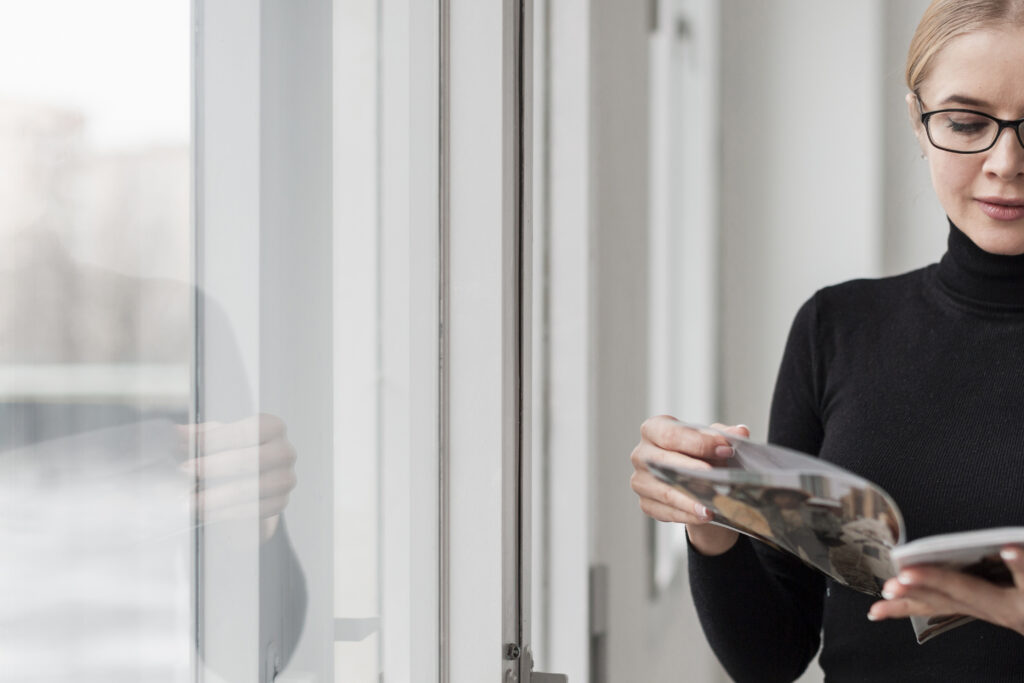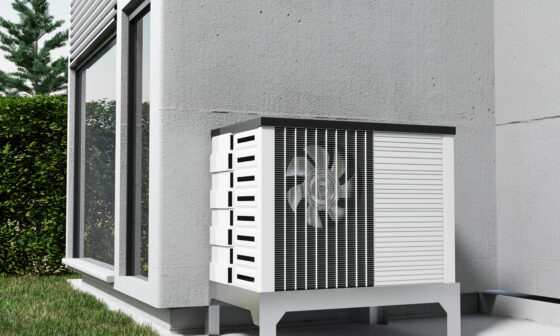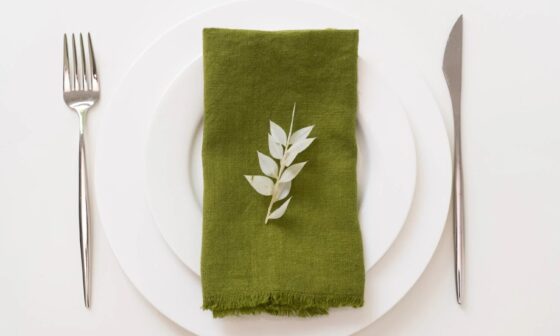
The big question is “What type of glass is the best to have?” And this is asked on almost every double glazing installation.
It can be very overwhelming to choose from the wide variety of options available today, but whether you are replacing windows or double-glazing, it is vital to conduct some research to ensure you are obtaining the best for your house.
This article attempts to explain in simple language what you need to know if you are contemplating replacing your Double Glazing.
Low emissivity (or Low-E) glass is the most energy efficient type of glass for double glazing on the market today.
On the inner side of the glass, there is an imperceptible layer of metal oxide.This limits the amount of heat that escapes while allowing sunshine and heat to enter and making your house as warm as possible and this is just what double glazing accomplishes.
The next thing to consider is what lies in between the glass panes. There is just a void vacuum in the conventional and less expensive panes.
If you want to spend a little extra money and have really efficient double glazing, you may choose panes that use gases like argon, xenon, or krypton.
These gases prevent heat from easily escaping the glass to the outside, which lowers your energy costs even more.
We require what is known as a spacer bar, which is positioned completely around the inner border, to keep the panes of glass apart between the double-glazed units. Many panes come with a metal silver spacer bar, but if you want a more effective double glazed unit, you can choose a “warm spacer” bar, which is usually made of black rubber and is supposed to reflect heat less than metal spacer bars.
The BFRC window energy rating method, which is in place in the UK, establishes the criteria for a window’s energy efficiency. The ratings are divided into A through G categories, with A being the most thermally efficient. Although C-rated windows are the industry standard, it is a good idea to verify the glass for the Energy Saving Trust Recommended emblem, which is only present on C-rated or higher glass.
The higher the energy rating, the more energy efficient the window. The Energy Saving Trust endorses any windows rated C or above, but if you go for a higher rated window, you know you’ll be buying the most heat efficient glass.
Then you have the option of double glazing or triple glazing but how energy efficient are each of these options and how many layers of glass do you need?
Double glazing has two layers of glass with a gap of around 16mm to 20mm between the glass panes and each pane being 4mm thick.
You can probably guess that triple glazing has three layers with a gap of around 12-14mm between the glass panes and each pane being 4mm thick.
However this doesn’t always mean that you have to choose triple glazing to get the most energy efficient option but generally speaking triple glazing enhances the window’s insulation properties as well as reduces noise into your property and boosts energy efficiency compared to single or double glazing. Also you will see your energy bills potentially being reduced as well. It is always best to speak with your supplier as they can give you exact specifications of the energy rating of triple glazed versus double glazed panes.
Between the panes is another science and Double and triple glazed panes can contain gases such as Argon, Xenon or Krypton.
Which Frames Can You Choose From For Your Home?
The frame you choose will depend on your home and your personal taste as well as your budget. For all frame materials there are windows available in each energy rating.
UPVC frames The most common type of frame and the cheaper of all the options are the uPVC range and they come in an array of colours and foils. They are typically guaranteed for 10 years and the white uPVC are the cheapest and the most standard.
Timber frames These can come in softwood or hardwood and typical woods are Redwood or Maranti (softwoods), Sapele (hardwood) and the most durable and long lasting of all is Accoya timber for windows. Timber windows are great for conservation areas where they have a lower environmental impact, but they will require some maintenance over time. You do pay for what you get in this arena and higher spec timber windows can come with paint guarantees as long as 10 years.
Aluminium/steel frames These are a more expensive option than uPVC frames but are way longer lasting, durable and more hard wearing. They are used very much for commercial properties due to their longevity but they have crept into the residential market due to their outstanding durability.
If for some reason, you are unable to install new frames with double glazing – maybe you live in a conservation area or a listed building and restrictions are stringent, there is still another option to keep the draughts out and keep your bills lower! It’s called Secondary Glazing.
Secondary glazing works by fitting a secondary pane of glass and frame, inside the existing window reveal. This is an ideal solution if you are unable to fit double glazing because you live in a conservation area or a listed building. They can open and close as well as be fixed and can lift in and out of position for ease.
We hope that this has given you a little insight into the options available to you so you can make the right choice with your budget and keep warm without spending a fortune.


